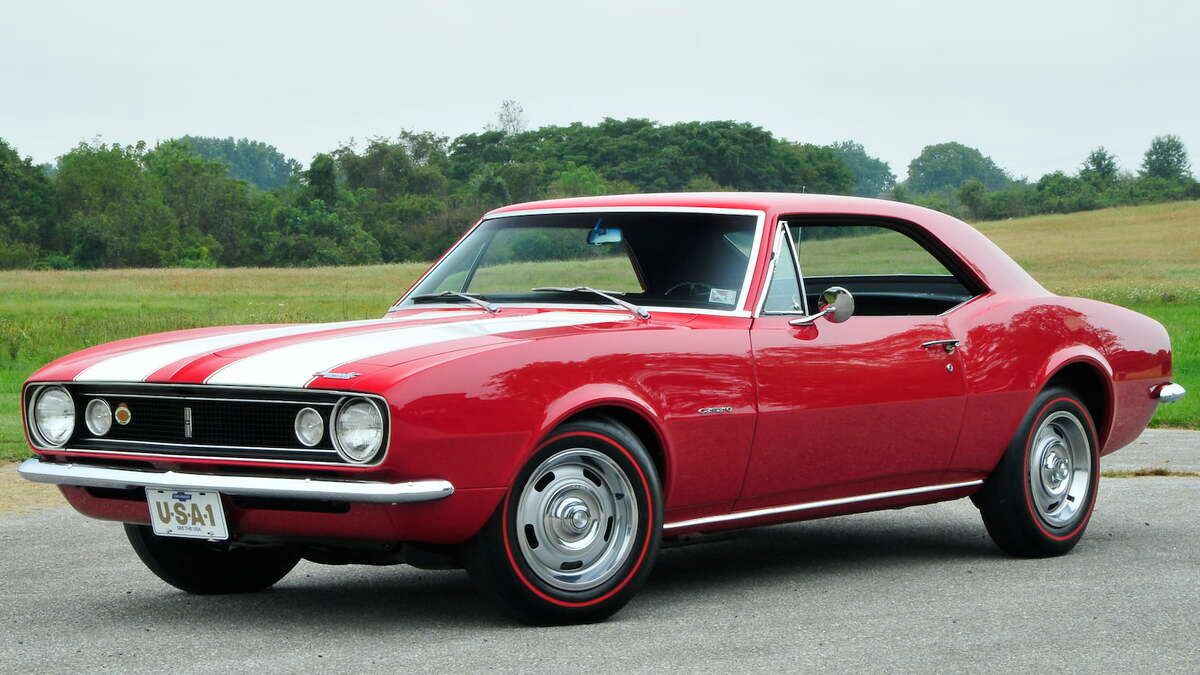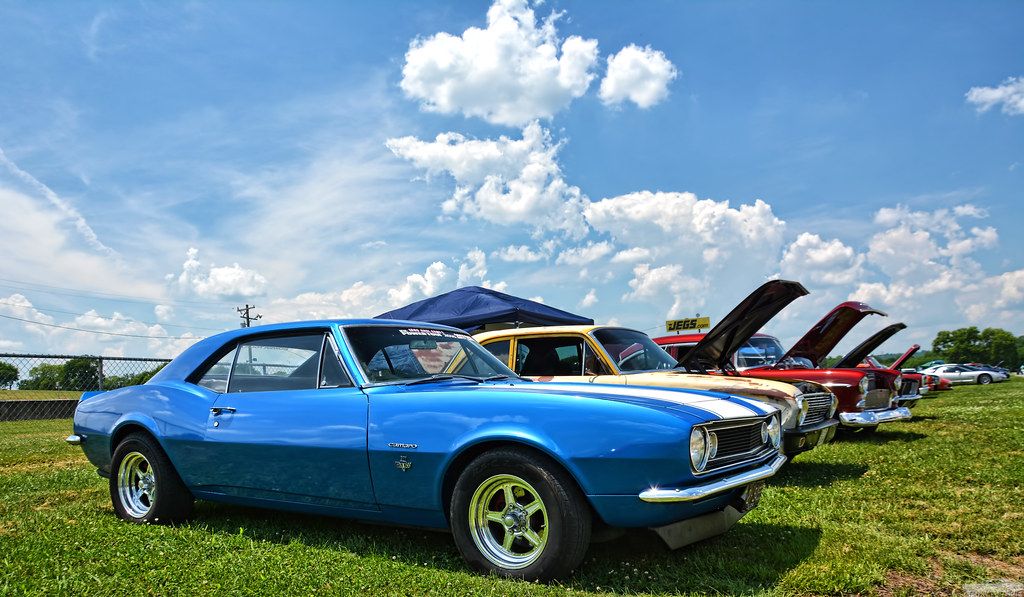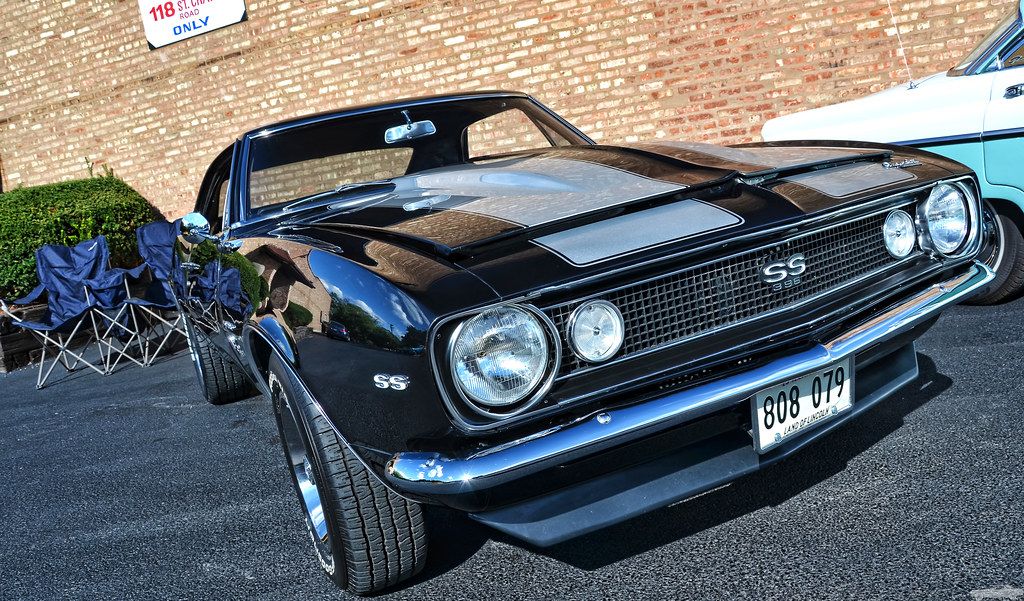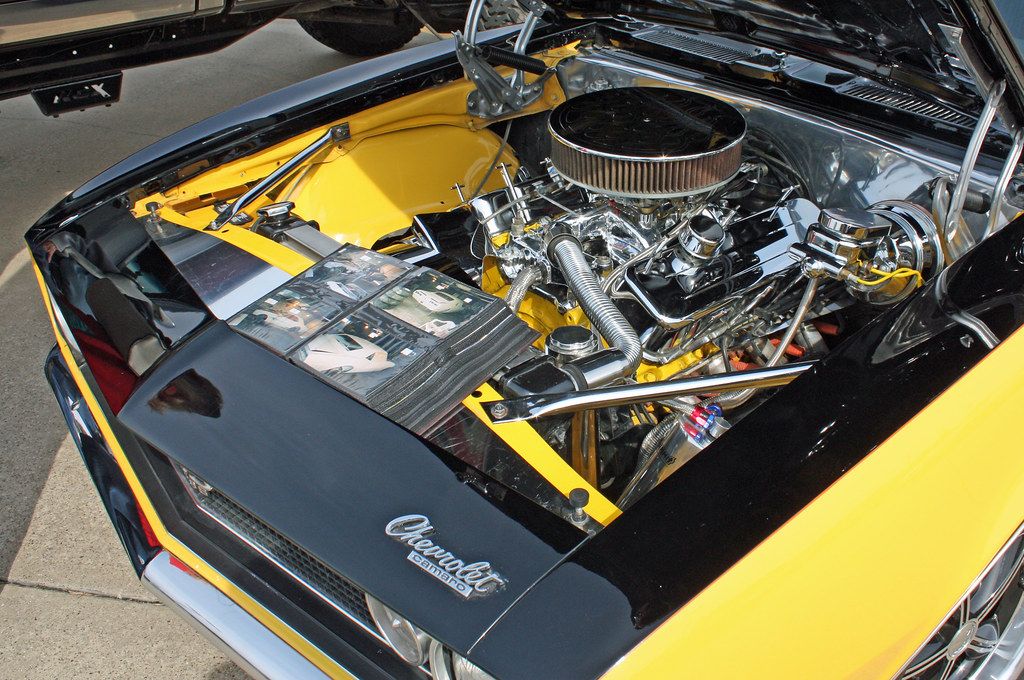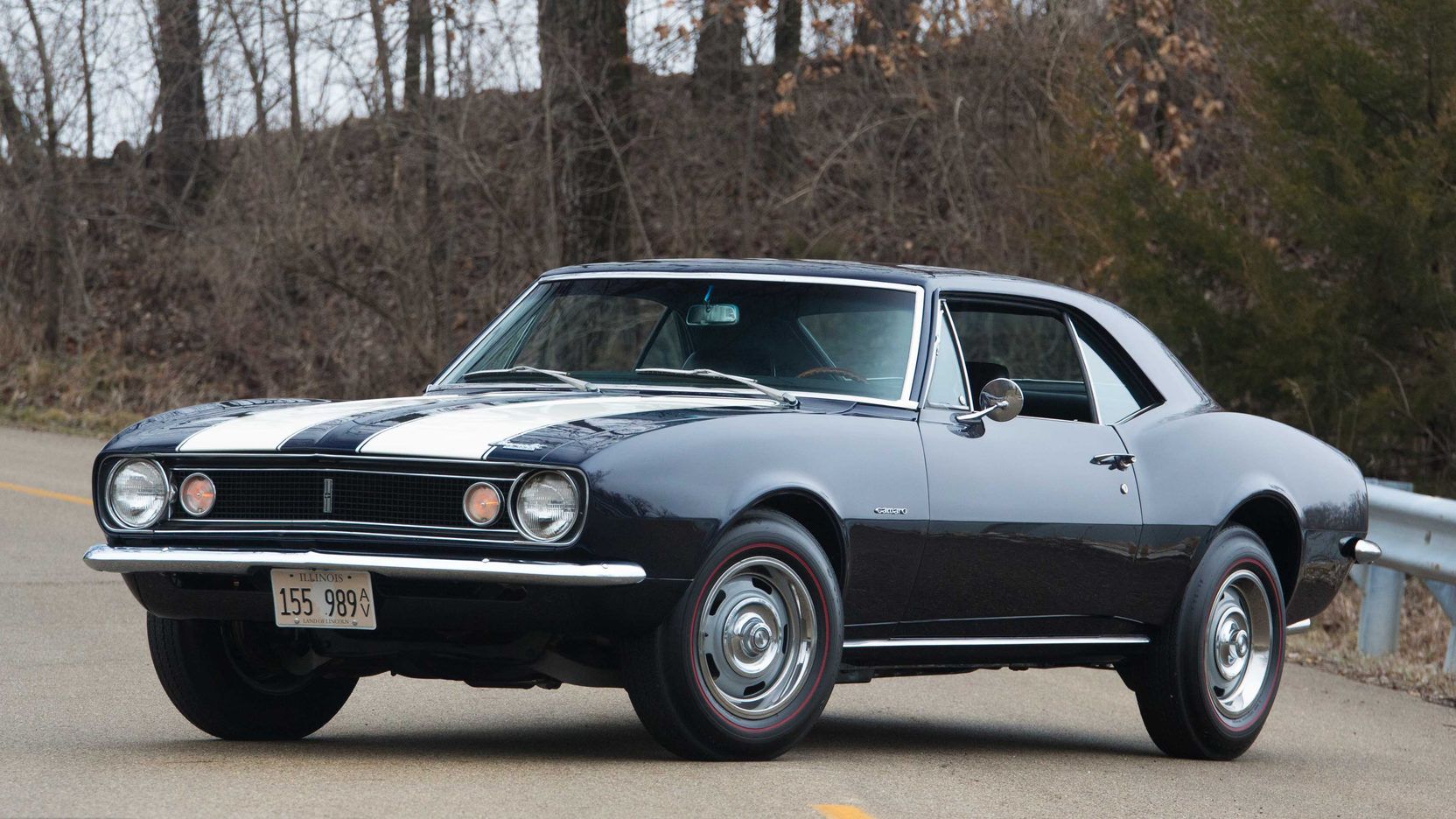Many enthusiasts of the 1967 Chevy Camaro admire these automobiles for their striking, robust appearance. The classic vehicle is a tribute to a past age in vehicle creation.
Beginning in the late 1960s, the 1967 Camaro began to take on a robust, raw appearance. They were athletic, little, and swift. And they came with a purpose - to displace Ford's Mustang.
Just as Ford upped the horsepower tempo, the first Chevy Camaro took it on the Mustang. The Camaro might not be the first-ever miniature car, but its relevance is indisputable.
The Camaro, like the Mustang, was accessible in coupe and convertible body configurations, with a selection of engines and transmissions ranging from inline-6s to big V-8s. But that is not all there is to know about the classic Chevy Camaro.
Here's a detailed look back at the '67 Camaro.
Grand Debut In September 1966
The very first Camaro was launched on September 29, 1966, for the 1967 model year. The automobile ultimately featured some components with the Pontiac Firebird, another General Motors vehicle that premiered in 1967.
The Chevy Camaro's 1st generation grew out of necessity. Ford developed a phenomenally successful vehicle named the Mustang in the 1960s. This prompted General Motors, the car manufacturer, to make secret plans for a competitive car. The project was allocated the pseudonym "Panther", a different dimension of its own.
Thanks to the basic rear-wheel and two-door coupé or convertible, the car had a successful first-year run. Between its debut and 1967, more than 200,000 Chevy Camaro were sold. Some of its winning features include the unique V8 energy systems offered as transmission lines. The powerplant, transmissions, torque axles, and variation are all part of what makes the classic car rare. The first Camaro was priced from $2,800 to $3,500, depending on features.
The Battle With Ford's Mustang
Generally, Ford and General Motors have been in the automobile war for a long time, with the competition still alive today. And so, GM's tremendous pressure to have a ride that was able to compete with Ford's Mustang at that time was expected.
The 1966 Mustang was an outstanding achievement, selling over 607,000 cars. However, after the introduction of the '67 Chevy Camaro, sales declined to around 472,000 units. The number of Ford's Mustangs sold had plummeted to roughly 317,000 by 1968.
GM's marketing and production activities, at least to some degree, contributed to the decline. The SuperSport and Circuit Sports alternatives were available in the 1st generation. In 1967, the Z/28 model was introduced, with distinctive stripes on the hatchback and hood. The firm later offered rally road wheels, with only a maximum of seven distinct engine designs provided for consumers!
Breathtaking Design And Features With An Impressive 325 Horsepower Motor
The 1967 Camaro's body was quasi, with a front airframe retained in position by rubber-isolated harnesses and the back suspension forming part of the bodyshell.
Its blueprint was developed to provide a calmer and serene ride than a complete monocoque automobile while optimizing space in the cramped backseat of the car and cargo.
The 325 hp L-35 motor, subsequently joined by the 375 hp L-78 big-block, was quickly digested by the Camaro's engine bay, which was designed to fit Chevrolet's big-block engine.
For the first-year design of Camaros, the conventional gearbox was in use. Camaros had a 3-speed manual transmission mounted on the steering column, with a 4-speed manual gearbox mounted on the floor as an option.
The Camaro can be modified to virtually anybody's taste with roughly 80 factory choices and 40 dealer upgrades. Electronically controlled headlight covers, upgraded rear lights, and a special RS appearance package were all included in the RS package.
The Camaro's aerodynamic design is completed in a vibrant red hue that guarantees its distinctive quality to stand out from the crowd.
Apart from the sparkling paintwork, we observe a customized led-based package and polished door handles, all of which contribute to Chevy's neat appearance. This urban monster mounts on Rallye rims which are coated in high-performance Toyo Versado Noir rubber.
The Evolution Of The 1967 Chevy Camaro
We would still not suggest that GM's most iconic compact car is abandoned due to the design of the present 2022 Chevy's Camaro, but it doesn't indicate it can not benefit from such a comeback to its origins.
The first Camaro was launched in 1966, two years after Ford launched the Mustang, so this isn't precisely the first one to the party. It should not, nevertheless, be interpreted as a drawback.
Consult a gearhead, and they'll verify how the two versions have tossed the pony car crown back and forth all through the years, with the unusual interference from other manufacturers.
We've been implying that one can't talk about either of America's classic car models in absolute terms and that they merit equal attention. Whenever it comes to aesthetic appearance, everyone has their individual taste, but when it comes to the Chevrolet Camaro, most will agree that the 1969 model is when GM's designers hit that mark.

